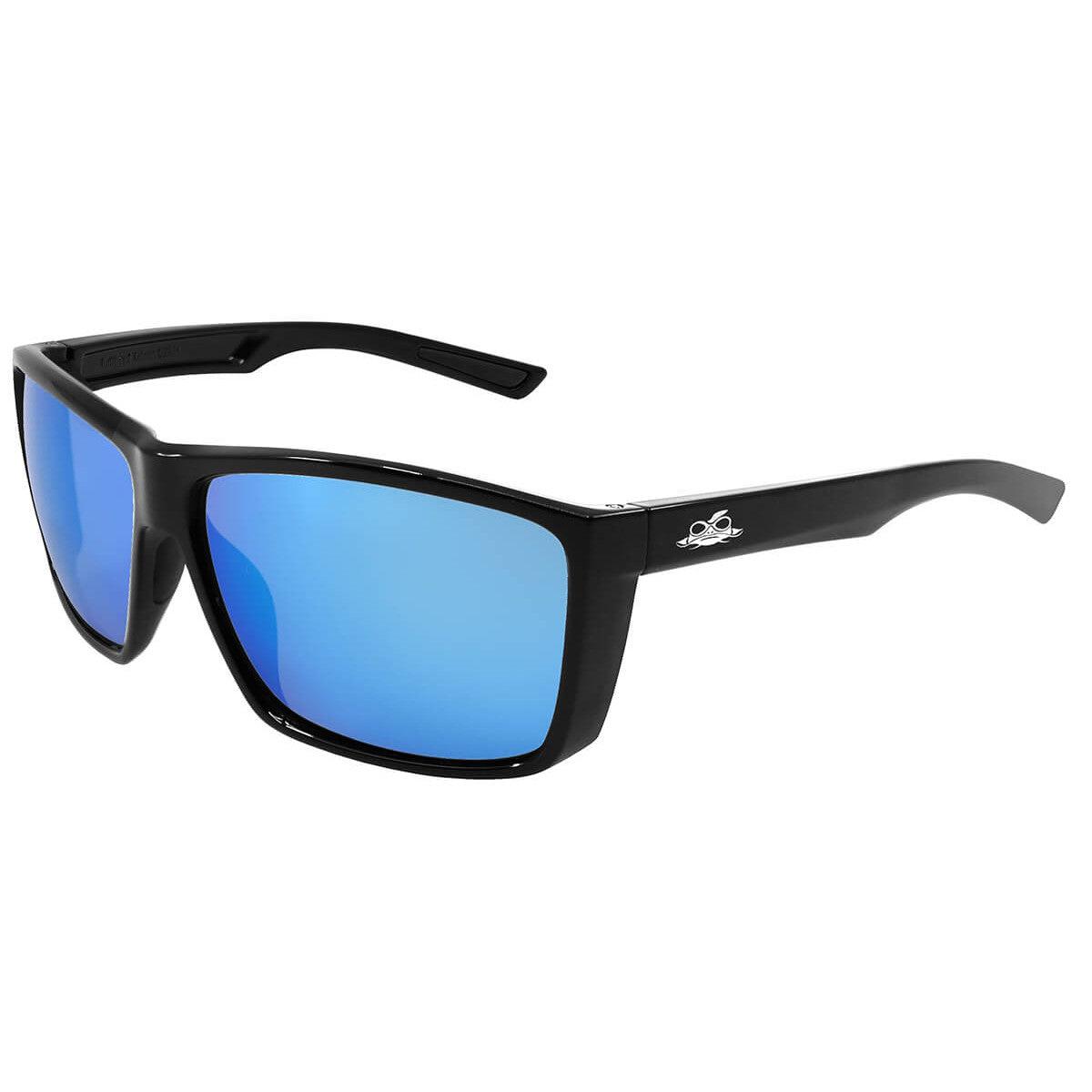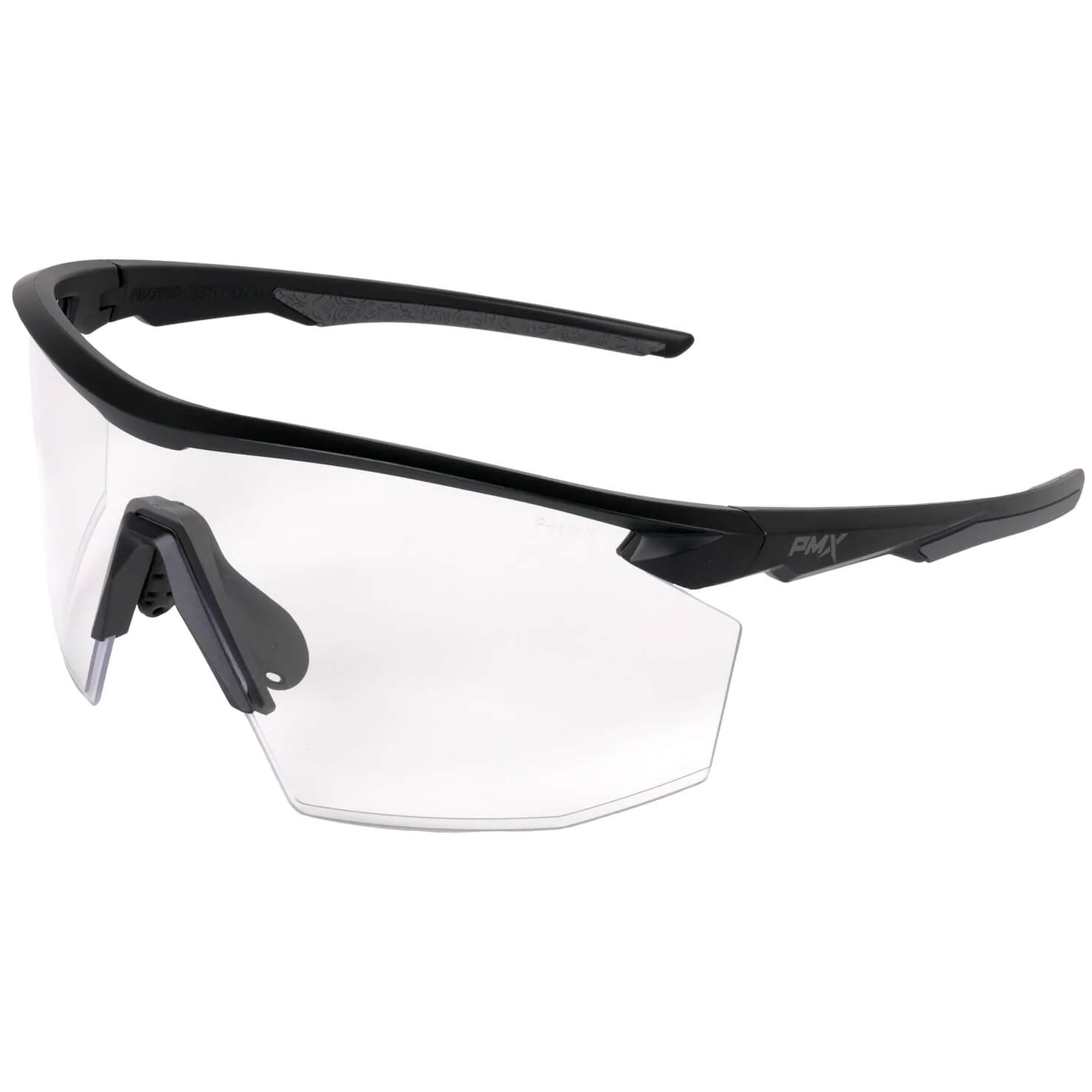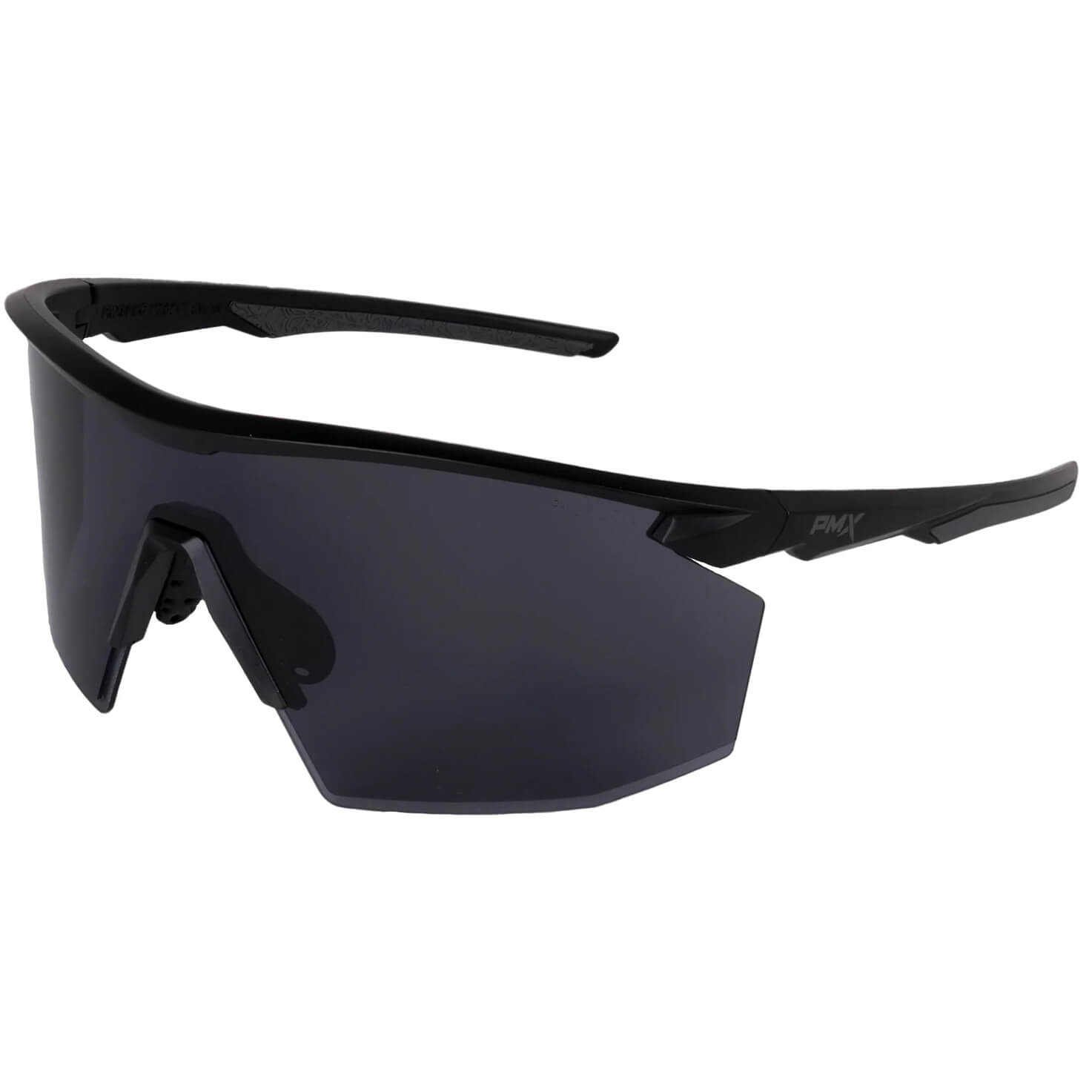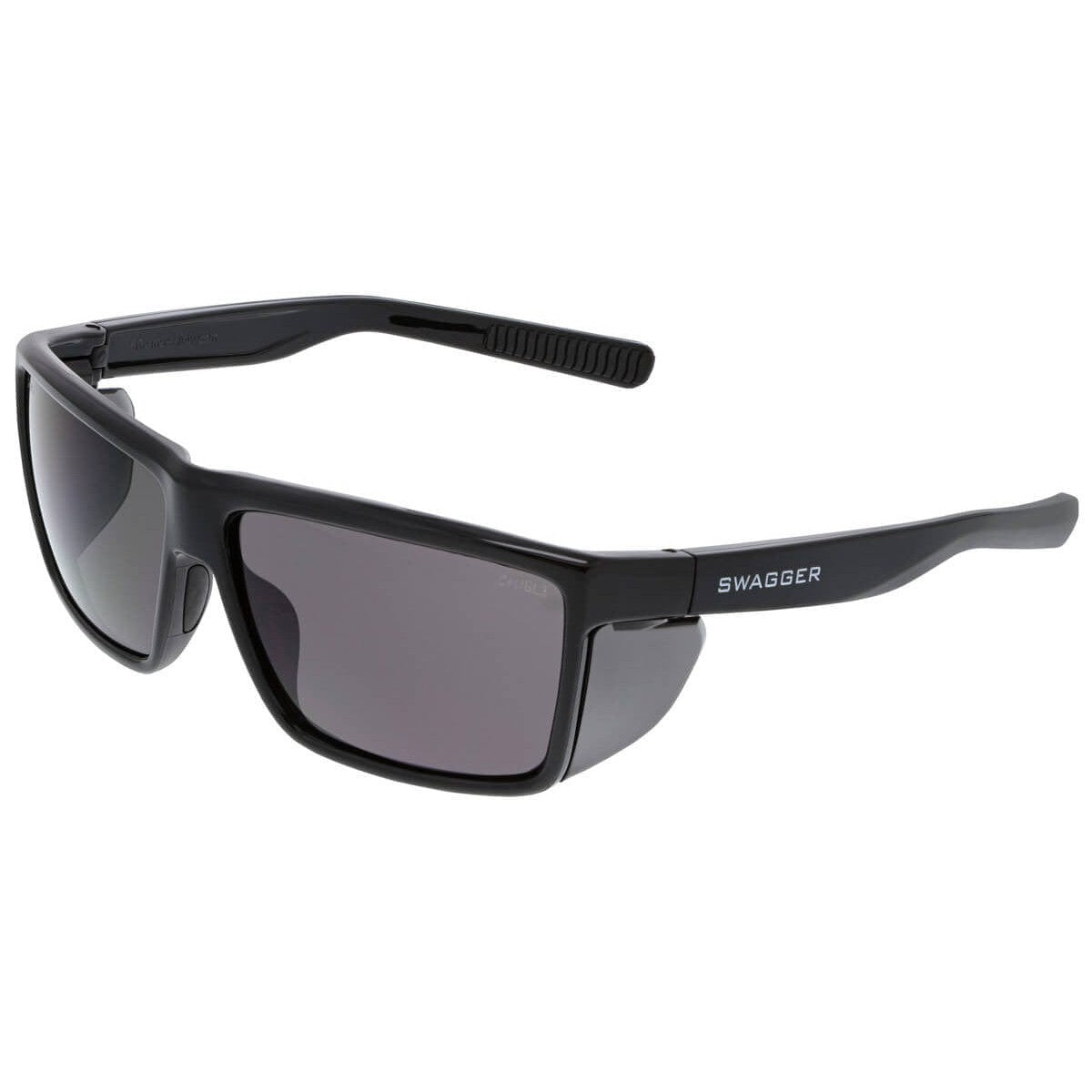Winter Jogging Requires More Preparation
Running in winter takes more thought and preparation than those carefree summer days. And, whether you run in the limited daylight hours or in the early morning or evening darkness, you must overcome a few more challenges to run safely in the wintertime.
First, running in the cold weather puts your body under extra stress, so it's essential to dress properly to avoid getting chilled or overheated. Wearing layers of clothing that you can peel off as you warm up is critical, as is choosing fabrics that will wick away sweat. Protecting your extremities from the cold is also essential by wearing hats, gloves, and earmuffs. In addition, be sure to stay hydrated before and after your run, even if you don't feel thirsty.
Second, running in winter means dealing with fewer hours of daylight and possibly running in the dark. If running during the day isn't an option, wear reflective gear and stay on well-lit routes. And if running in the dark is necessary, consider investing in a headlamp or running with a partner. Finally, running on snow and ice can be tricky, so take extra care to watch your step and choose routes that haven't been packed down by snowplows. With a little extra effort, winter running can be safe and enjoyable. Covering the Basics
Eyes
Running in daylight is always safer. However, if you live in the land of ice and snow, the sun's glare off the snow can make your running uncomfortable and potentially unsafe. You need a lightweight pair of sunglasses that won't slip down your nose when you perspire and won't fog up in the cold.
Nothing beats Oakley's Half Jacket 2.0 XL for solid vision during winter running. Here's why:
- Plutonite lenses filter out 100% of all UV light and adapt to any light condition.
- The open-edge design allows excellent peripheral vision.
- The XYZ Optics provide unmatched clarity.
- The Iridium coating provides maximum glare reduction and true-color perception with a light index of 3 for extremely bright sunlight.
With Oakley Half Jacket, you'll be ready for safe running in any light.
Feet
Good traction is another issue runners face in snowy climates. Yaktrax is the most user-friendly ice traction device for running shoes when fears of slips and falls threaten to ruin your run.
Yaktrax is lightweight, compact, and fits nearly all brands of shoes. In addition, the coil design gives 360 degrees of traction with hundreds of biting edges, allowing you to run with a more natural gait over packed snow and ice.
Hands
Still, feel the bite of frozen fingertips even when your core is dripping sweat? Reflective gloves won't let your fingers get nippy.
Cold weather work gloves work surprisingly well through extensive testing, proven patterns, innovative materials, and meticulous quality control. These gloves are waterproof, windproof, and highly visible. The insulating micro-fleece liner and a breathable membrane keep hands at just the right temperature. Reflective tape on the knuckles and wrist means they're also ideal for running in low-light conditions.
Best of all, some models feature a terry cloth thumb that virtually screams, "Go ahead. Wipe your nose on me."
Running in the Dark
Running in the evening or early morning darkness makes visibility a critical safety concern. Consider reflective clothing and well-lit routes to achieve the safest workout in low-light and dark conditions. Pyramex High Visibility apparel makes you visible even in the most hard-to-see winter conditions. They're available in several configurations and feature exceptional durability, so you'll get years of use.
Also, the safest choices are routes with the most streetlights, businesses, or residential lights. Oncoming cars can see you better, and you'll be better able to avoid potential hazards such as potholes, icy patches, and road debris.
Additional Safety Tips
Finally, we'd like to remind you of some essential tips for safety when running outside. Coupled with the condition-specific information above, you're sure to enjoy a safe run regardless of the weather conditions.
- Run against traffic. It's easier to avoid cars if you can see them coming. Also, run along less-busy roads with shoulders, bike paths, or sidewalks.
- Vary your routes and times. Potential attackers study a runner's routines and wait in dark recesses. So don't make yourself an easy target.
- Run with a partner. There's safety in numbers. So, if possible, never run alone. If you must, let someone know your route and when you should be back.
- Carry a cell phone. You'll be able to call the police immediately if something goes wrong or you notice anything suspicious.
- Always wear identification. Zip your driver's license in your pocket or wear an ID tag on your shoe or wrist. Check out Road ID for a terrific option in wearable identification.
With a few select pieces of winter gear and some common-sense safety, runners can enjoy their sport year-round. You'll be confident that your health and safety are protected while doing your body good.









